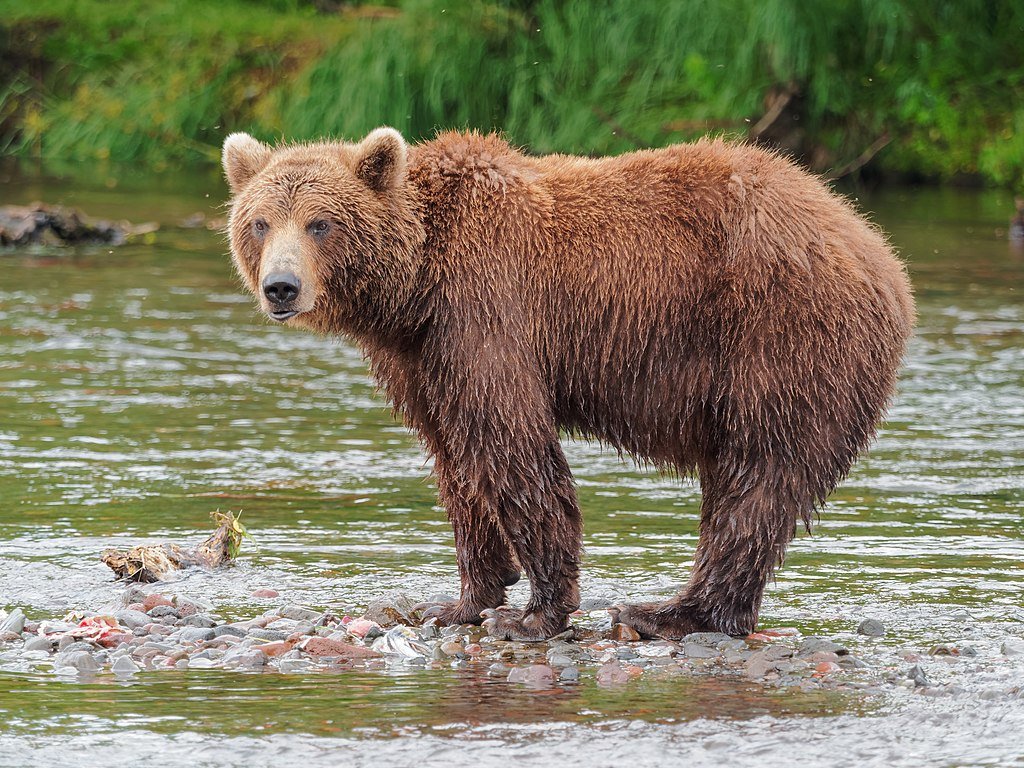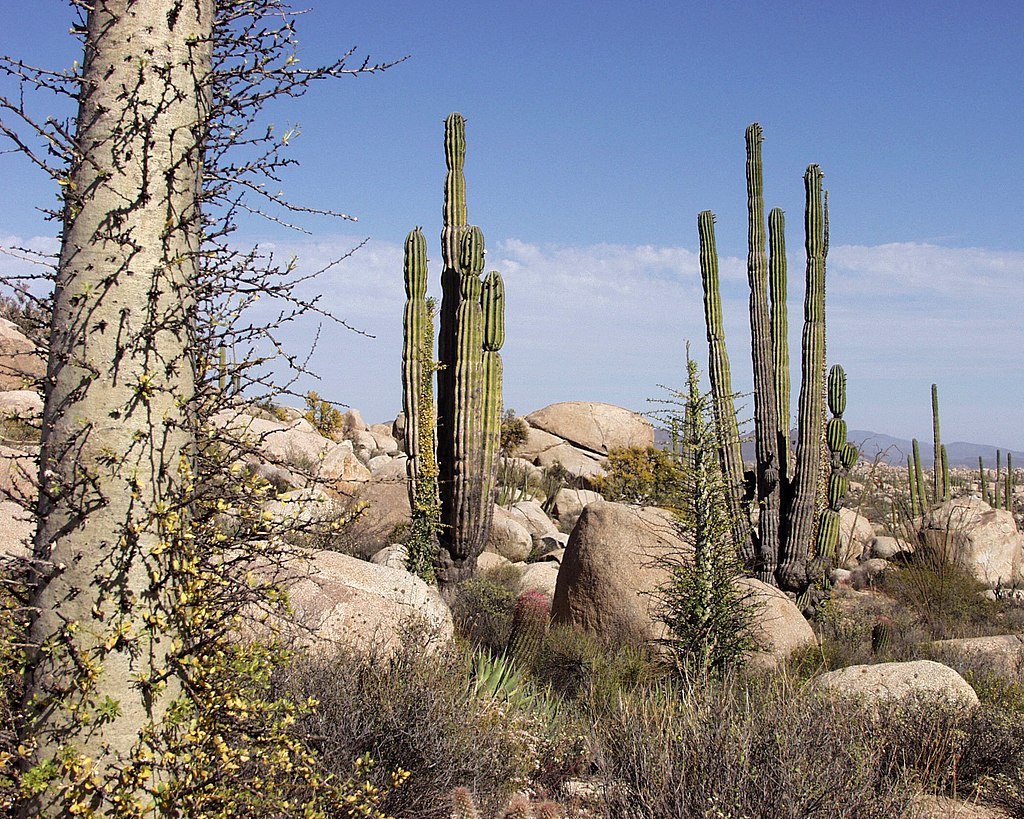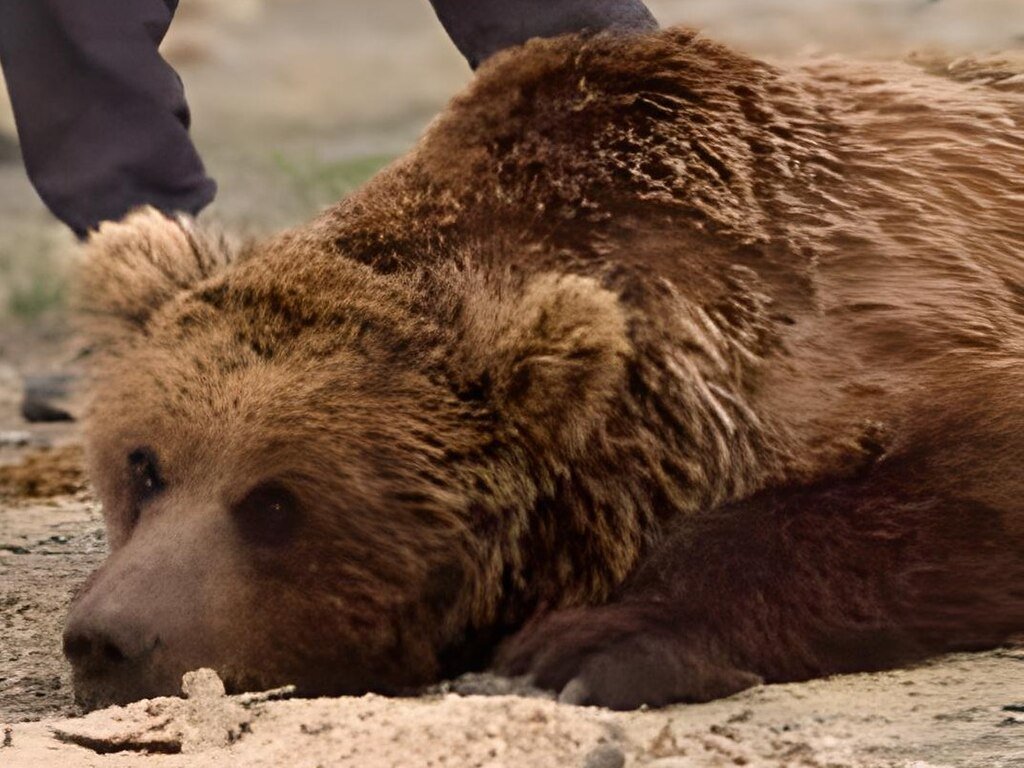A rare Gobi bear has been captured on video finally reaching a water source after a grueling 160-kilometer trek across the harsh, waterless terrain of the Gobi Desert. With fewer than forty individuals left in the wild, this critically endangered species faces extreme survival challenges due to habitat loss and climate change. The footage serves as a striking example of the obstacles these bears endure while navigating one of the most unforgiving landscapes on Earth.
The Struggle for Survival

Gobi bears, known scientifically as Ursus arctos gobiensis, are a unique subspecies of brown bear adapted to the extreme conditions of the Gobi Desert. Unlike their forest-dwelling relatives, these bears rely on scarce vegetation, seasonal waterholes, and unpredictable food sources to survive. The combination of prolonged droughts and human activity has severely impacted their ability to find sustenance. Conservationists emphasize that these bears are on the brink of extinction, making efforts to protect their habitat more urgent than ever.
Conservation Efforts and Challenges
Conservationists have implemented several measures to support Gobi bear survival, including habitat restoration and supplemental feeding programs. Researchers monitor bear movements to understand their behavior and locate key resources necessary for their survival. However, climate change continues to pose a significant threat, as rising temperatures and decreasing rainfall limit available water sources. Human expansion into bear habitats also contributes to increased competition for resources, adding further strain to the already dwindling population.
Implications for Future Conservation
The Gobi bear’s journey highlights the critical need for long-term conservation strategies focused on water accessibility, habitat protection, and genetic diversity. Preserving their environment through sustainable water management and restricting human encroachment could make a significant difference in preventing further population decline. Researchers continue to study these bears to better understand their adaptations and identify new ways to ensure their survival in an increasingly arid landscape.
Conclusion

The footage of the Gobi bear’s remarkable trek underscores the hardships faced by endangered species in extreme environments. As conservationists work to safeguard their future, raising awareness about the challenges faced by Gobi bears is essential to ensuring their continued survival. Addressing the impacts of climate change and human interference will be crucial in determining the fate of this rare and resilient species.
Source:





